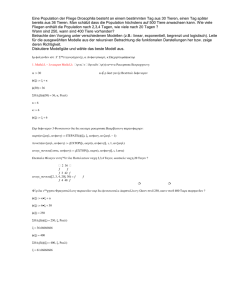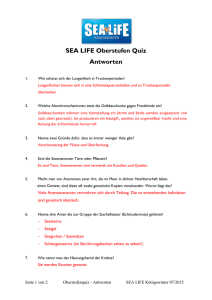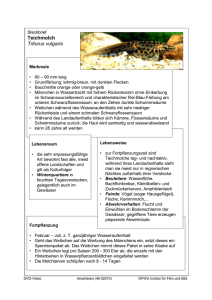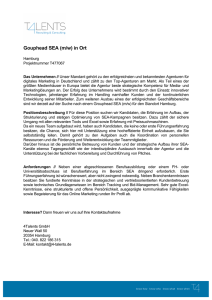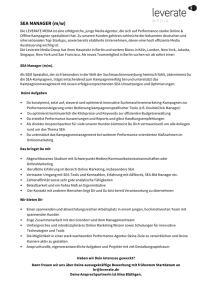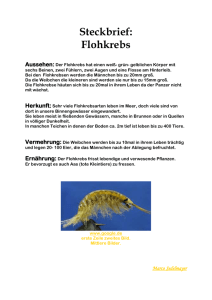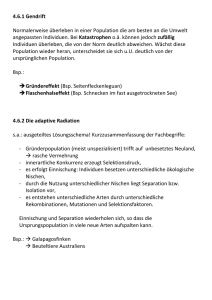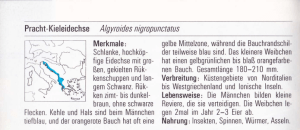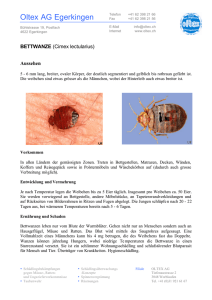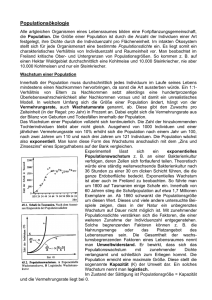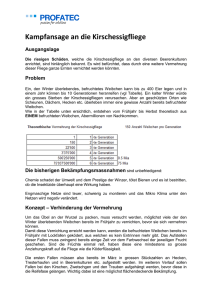A study on the population biology of - Kasparek
Werbung
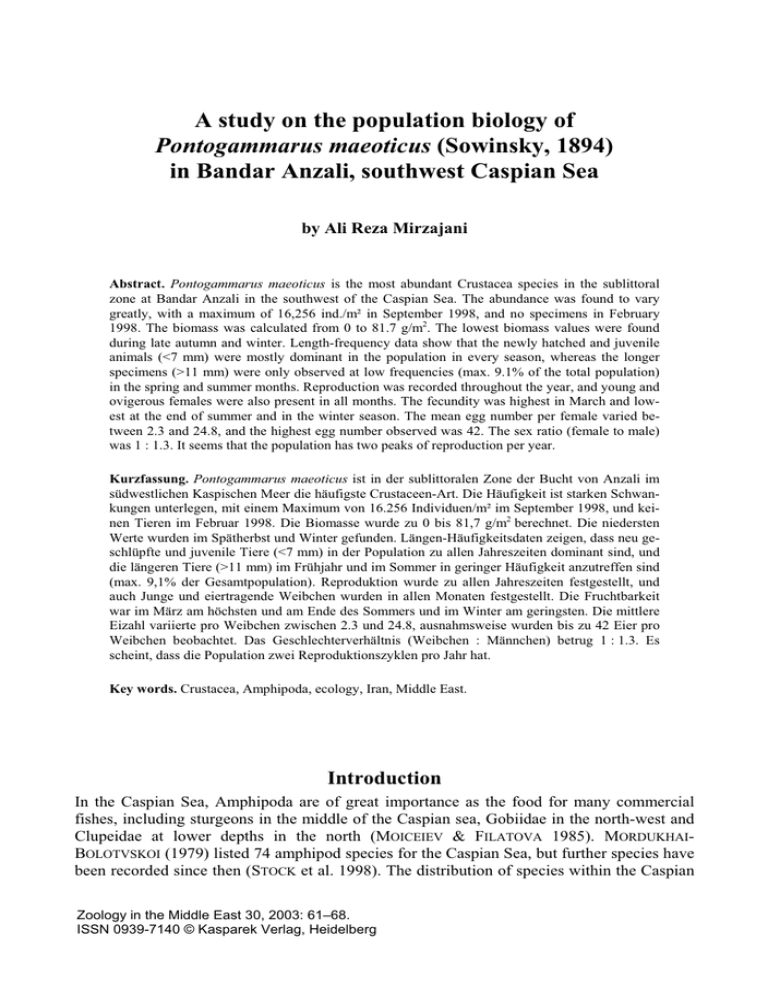
A study on the population biology of Pontogammarus maeoticus (Sowinsky, 1894) in Bandar Anzali, southwest Caspian Sea by Ali Reza Mirzajani Abstract. Pontogammarus maeoticus is the most abundant Crustacea species in the sublittoral zone at Bandar Anzali in the southwest of the Caspian Sea. The abundance was found to vary greatly, with a maximum of 16,256 ind./m² in September 1998, and no specimens in February 1998. The biomass was calculated from 0 to 81.7 g/m2. The lowest biomass values were found during late autumn and winter. Length-frequency data show that the newly hatched and juvenile animals (<7 mm) were mostly dominant in the population in every season, whereas the longer specimens (>11 mm) were only observed at low frequencies (max. 9.1% of the total population) in the spring and summer months. Reproduction was recorded throughout the year, and young and ovigerous females were also present in all months. The fecundity was highest in March and lowest at the end of summer and in the winter season. The mean egg number per female varied between 2.3 and 24.8, and the highest egg number observed was 42. The sex ratio (female to male) was 1 : 1.3. It seems that the population has two peaks of reproduction per year. Kurzfassung. Pontogammarus maeoticus ist in der sublittoralen Zone der Bucht von Anzali im südwestlichen Kaspischen Meer die häufigste Crustaceen-Art. Die Häufigkeit ist starken Schwankungen unterlegen, mit einem Maximum von 16.256 Individuen/m² im September 1998, und keinen Tieren im Februar 1998. Die Biomasse wurde zu 0 bis 81,7 g/m2 berechnet. Die niedersten Werte wurden im Spätherbst und Winter gefunden. Längen-Häufigkeitsdaten zeigen, dass neu geschlüpfte und juvenile Tiere (<7 mm) in der Population zu allen Jahreszeiten dominant sind, und die längeren Tiere (>11 mm) im Frühjahr und im Sommer in geringer Häufigkeit anzutreffen sind (max. 9,1% der Gesamtpopulation). Reproduktion wurde zu allen Jahreszeiten festgestellt, und auch Junge und eiertragende Weibchen wurden in allen Monaten festgestellt. Die Fruchtbarkeit war im März am höchsten und am Ende des Sommers und im Winter am geringsten. Die mittlere Eizahl variierte pro Weibchen zwischen 2.3 und 24.8, ausnahmsweise wurden bis zu 42 Eier pro Weibchen beobachtet. Das Geschlechterverhältnis (Weibchen : Männchen) betrug 1 : 1.3. Es scheint, dass die Population zwei Reproduktionszyklen pro Jahr hat. Key words. Crustacea, Amphipoda, ecology, Iran, Middle East. Introduction In the Caspian Sea, Amphipoda are of great importance as the food for many commercial fishes, including sturgeons in the middle of the Caspian sea, Gobiidae in the north-west and Clupeidae at lower depths in the north (MOICEIEV & FILATOVA 1985). MORDUKHAIBOLOTVSKOI (1979) listed 74 amphipod species for the Caspian Sea, but further species have been recorded since then (STOCK et al. 1998). The distribution of species within the Caspian Zoology in the Middle East 30, 2003: 61–68. ISSN 0939-7140 © Kasparek Verlag, Heidelberg
